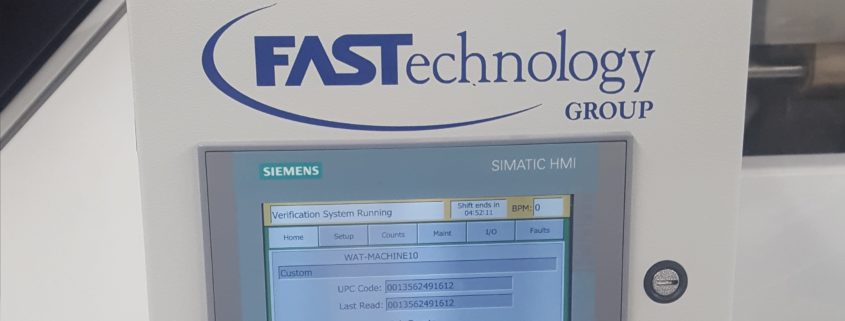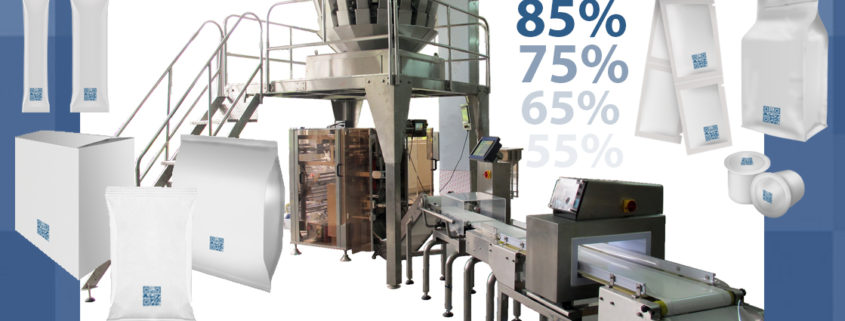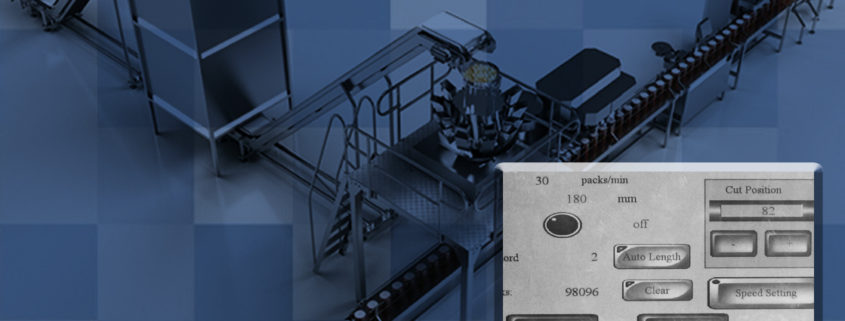See FASTech’s UPC Verification System Case Study in Control Engineering Magazine
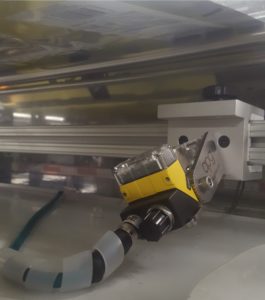
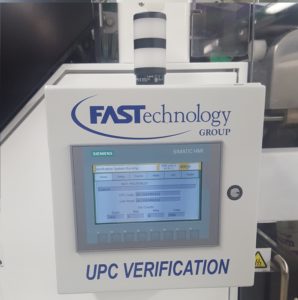
FASTechnology Group adds UPC Verification to Flexible Packaging (Bagging) Machines in Packaging Industry
Challenge: Supplement existing machines with an efficient, robust system to verify the correct pre-printed packaging is used for the product being packaged, 100% of the time.
Solution: Using the latest in PLC controls, HMI, and machine vision technology, as well as custom software and database development, FASTechnology Group created a system to read, compare and verify the UPC barcode of each and every product made against the plant’s ERP system.
Result: A system that integrates seamlessly with the existing production lines, monitoring the necessary aspects to improve line consistency and make mismatching of product to packaging a thing of the past.
Summary: In the Consumer Packaged Goods industry, a simple mismatch of pre-printed package to product can quickly spiral into a safety concern for consumers, not to mention countless dollars lost on wasted products, recalls, and downtime. For example, a packaging line cannot have peanuts going into a potato chip bag. The risks of only checking the spool of film prior to running the line doesn’t always cut it. When FASTechnology Group was tasked with modifying existing production lines to verify the UPC of each and every bag, the company was able to use the latest in industrial controls across a wide array of technologies to deliver a solution to the customer.
The system combines an industrial logic controller, a machine vision barcode reader, and custom server-side software to cross-reference the physical UPC with the one in the Plant Management Software. As one of FASTech’s customers states: “Using this system, we are able to limit the pulling of jobs down from the plant management system to only those scheduled for the current shift. This keeps the user interface out on the plant floor clean, simple to use, and efficient.”
Here is a link to the original Case Study…

